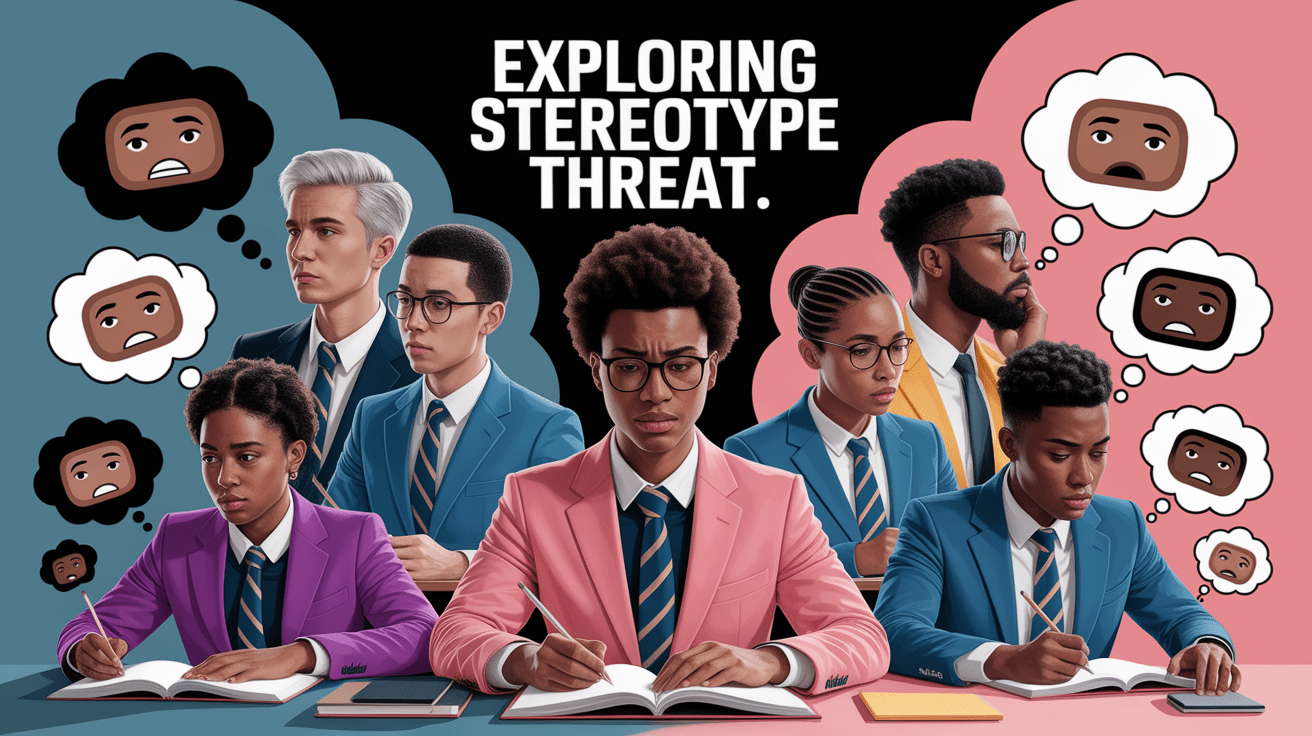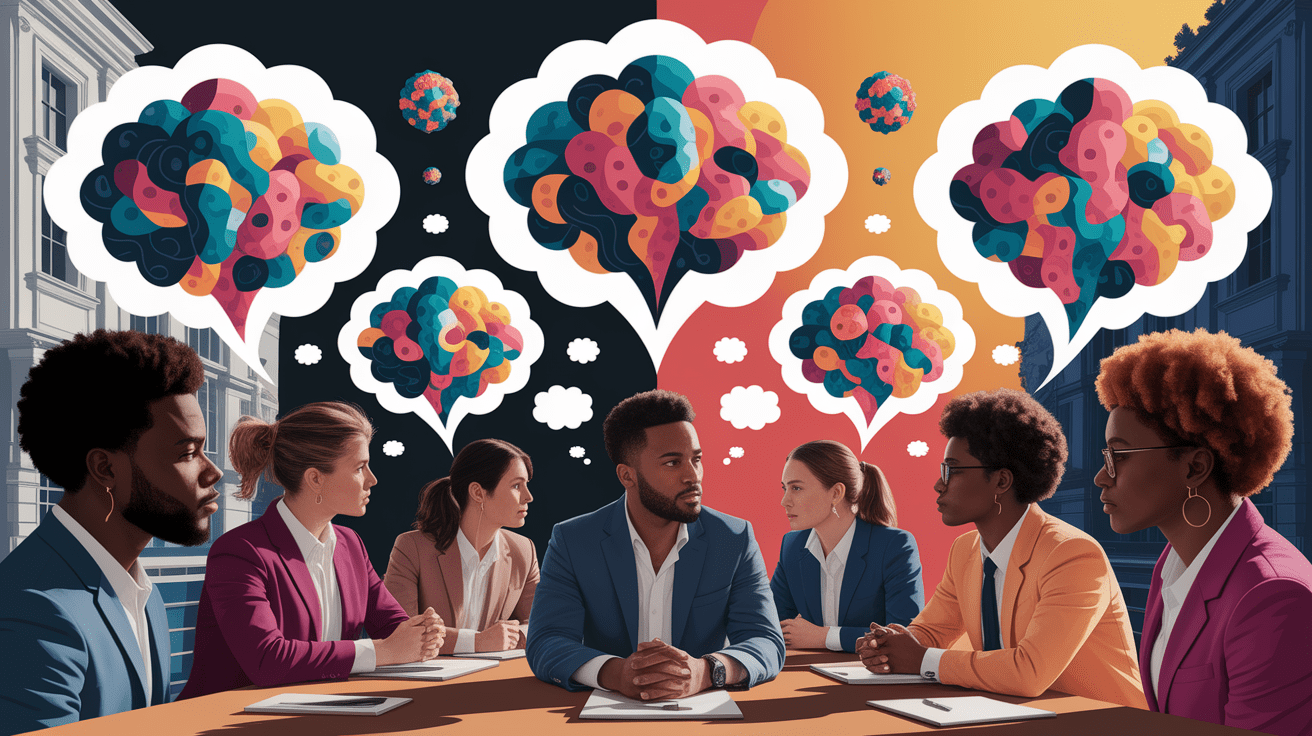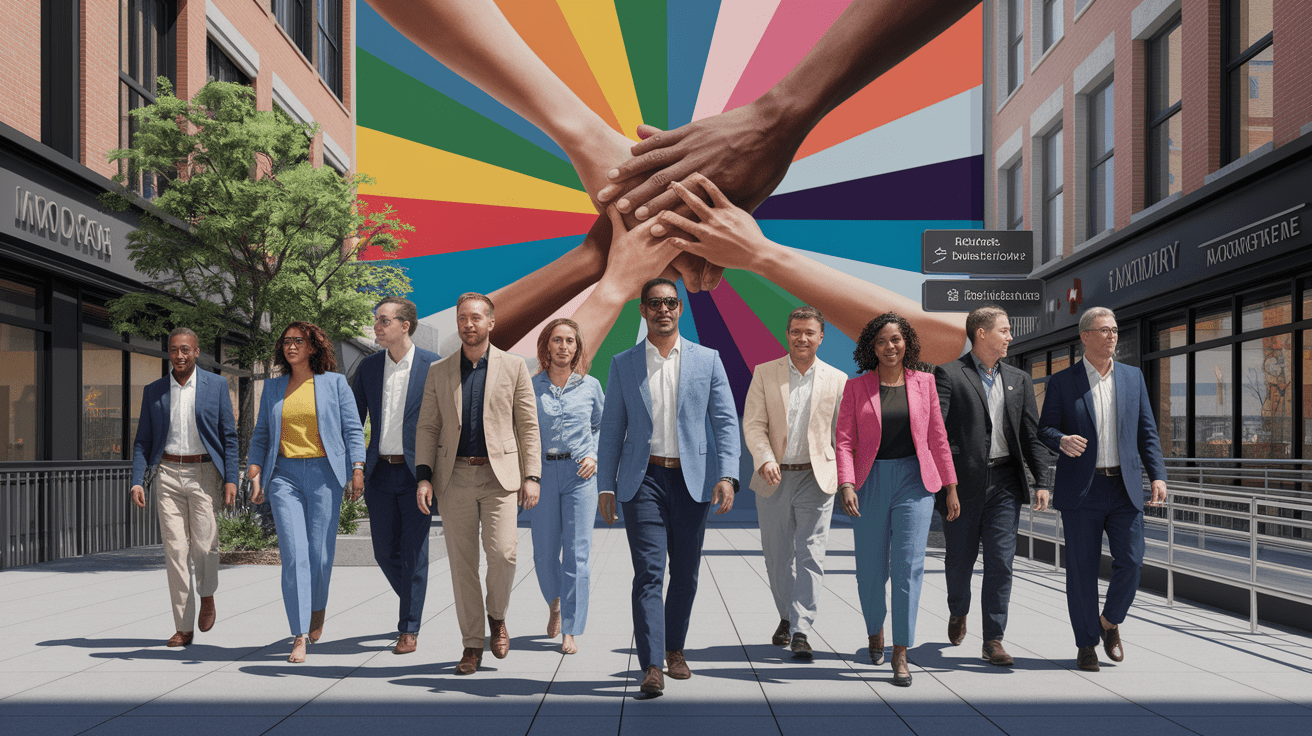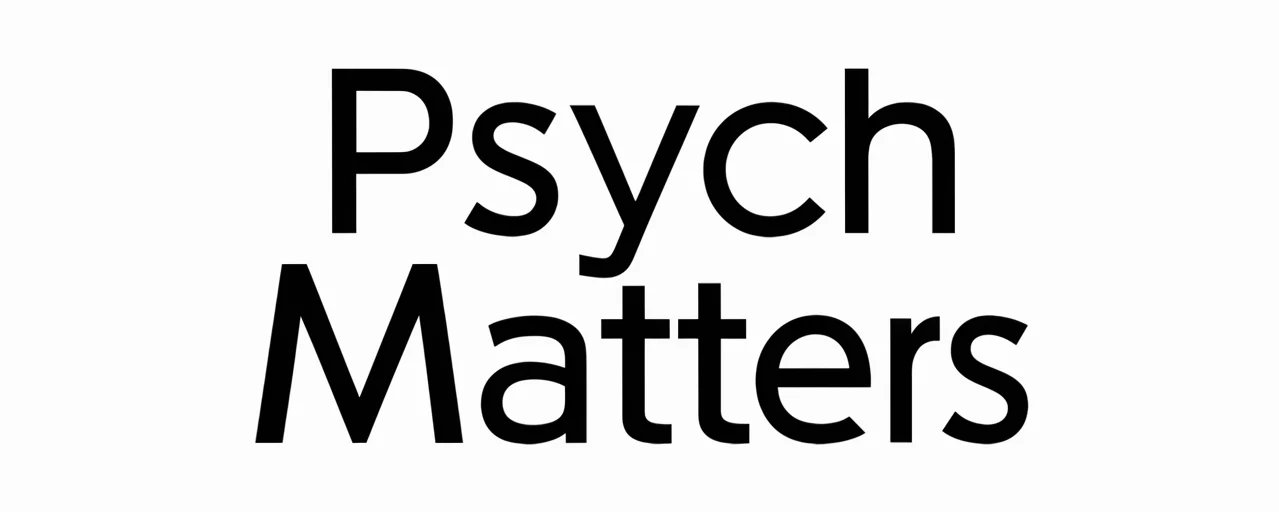Invisible Barriers: Understanding Implicit Bias and Stereotype Threat
Introduction – Unveiling the Invisible Barriers
In many educational, workplace, and social settings, there are subtle yet powerful psychological processes that shape individuals’ experiences and outcomes. Among the most significant of these are implicit bias and stereotype threat. Both operate beneath conscious awareness, influencing behaviors, evaluations, and decisions in ways that often reinforce existing social inequalities. Understanding how these mechanisms work is critical for promoting fair treatment, enhancing equity, and fostering inclusion.

Understanding Implicit Bias
Implicit bias refers to the unconscious attitudes or stereotypes that affect our understanding, actions, and decisions toward certain groups without our intentional control. Rooted in processes of automatic stereotyping and social categorization, these biases can be both favorable and unfavorable, often arising through lifelong exposure to cultural messages and norms. Even individuals committed to egalitarian values are not immune; research shows that implicit biases can influence perceptions, decision-making, and interpersonal interactions regardless of stated beliefs.

In practice, implicit bias manifests in various ways, including:
- Microaggressions – subtle, often unintentional slights or insults toward marginalized groups (NEA resource).
- Unequal treatment in hiring, promotions, or healthcare due to unconscious assumptions (Think Cultural Health guide).
- Skewed evaluations in educational and professional assessments, often linked to race, gender, or age (Psychological context).
Tools such as the Implicit Association Test (IAT), developed in part by Mahzarin Banaji, have provided empirical ways to measure these biases and reveal their prevalence across populations.
Exploring Stereotype Threat
Stereotype threat is a psychological phenomenon first articulated by Claude Steele and colleagues, in which individuals, aware of a negative stereotype about their social group, experience anxiety or concern about confirming that stereotype. This stress response can impair performance and reduce cognitive capacity, particularly in high-stakes contexts such as testing, job interviews, or performance evaluations.

The effects of stereotype threat are well-documented in various domains:
- Education – Racial and gender stereotypes can depress academic performance, contributing to the achievement gap (University of Guelph overview).
- STEM Fields – Women in math-intensive settings may underperform when faced with gender-based stereotypes (UC Denver research).
- Workplace Evaluations – Underrepresented employees may experience performance anxiety when their capabilities are implicitly questioned (Anthem EAP resource).
The Link Between Implicit Bias and Stereotype Threat
Implicit bias and stereotype threat are interconnected within the framework of social psychology. Research indicates that implicit biases held by those in positions of authority can increase the likelihood of stereotype activation in evaluative contexts, triggering stereotype threat among individuals from marginalized groups. This relationship can create a feedback loop: performance decrements caused by stereotype threat may unintentionally confirm the biased expectations of others, thereby reinforcing their implicit bias (UC Denver discussion).

As noted in the University of Guelph analysis, effectively addressing inequities requires recognizing both conditions and the environments that enable them. Without intervention, the cycle of unconscious prejudice and identity threat perpetuates systemic barriers to inclusion and success.
Impact on Equity and Inclusion
Both phenomena pose significant challenges to diversity, equity, and inclusion (DEI) initiatives. Implicit biases influence decision-making processes, leading to disparities in opportunities and outcomes, while stereotype threat undermines the performance and participation of marginalized individuals. In combination, they foster an exclusionary climate that hampers efforts to build equitable systems.

Consequences include:
- Perpetuation of systemic racism and gender inequality through biased evaluations and institutional practices (NEA insight).
- Reduced representation of underrepresented groups in leadership and specialized fields.
- Lowered psychological safety, affecting retention and engagement within organizations (Cultural health strategies).
Strategies to Mitigate Effects
Evidence-based approaches can help reduce the harmful impacts of implicit bias and stereotype threat. Successful initiatives typically combine individual awareness-building with systemic change to create supportive and inclusive environments.
Key strategies include:
- Awareness and Education – Structured bias training programs and self-assessment tools to recognize unconscious biases.
- Inclusive Environments – Designing classrooms and workplaces that affirm diverse identities and minimize stereotype cues (Decision Lab overview).
- Representation and Role Models – Increasing visibility of successful individuals from marginalized groups to counter negative cultural stereotypes.
- Policy and Practice Reform – Reviewing hiring, evaluation, and promotion processes to reduce opportunities for bias activation (University of Guelph recommendations).
- Intergroup Contact – Facilitating meaningful and cooperative interaction across diverse groups to reduce prejudice, consistent with intergroup contact theory.
Conclusion – Charting a Path to Fairness
Implicit bias and stereotype threat represent deeply embedded challenges within human cognition and social systems. Although they operate in subtle and often invisible ways, their effects are profound, shaping opportunities, confidence, and performance. By combining individual-level awareness and skill-building with structural reforms that promote inclusion, it is possible to disrupt the biases and threats that hinder equitable participation. Sustained commitment to research-driven interventions and accountability will be essential to chart a path toward fairness and to ensure that all individuals can fully realize their potential.







